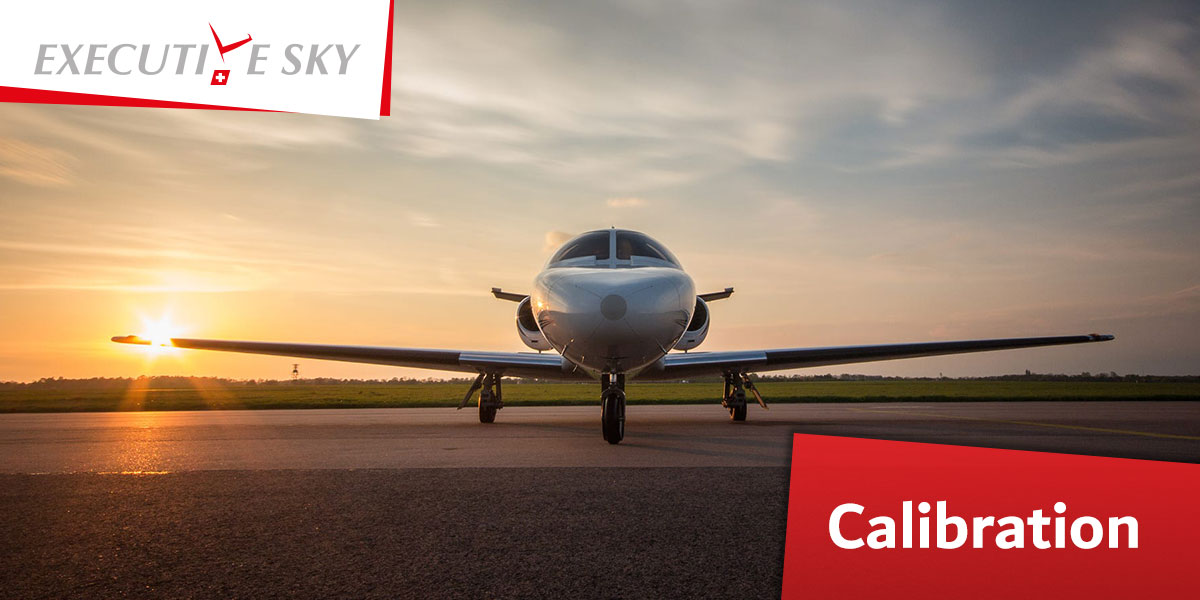
Calibration
In the aviation industry, more so than any other, accuracy is paramount to safety. Calibration is the process in which aviation maintenance professionals undertake regular checking of equipment and precision tools used to certify an aircraft or component, ensuring all equipment is accurate, safe and complies with industry and manufacturer regulations.
This procedure should only be accomplished by experienced professionals and all aviation equipment must be calibrated and traceable to a standard acceptable to the Federal Aviation Administration (FAA), to include those recommended by the manufacturer, and the National Institute of Standards and Technology (NIST) or any other national authority.
Effective aerial application of pesticides results from well trained, attentive pilots using appropriate equipment. While a good equipment operator can compensate (to some degree) for poor equipment, the finest distribution system is useless in the hands of a poor equipment operator.
The international civil aviation authority inflict regular checking to ensure proper functioning and accuracy of aids to navigation, at airports. Navigation aids, also referred to as ATON or navaid in the aviation industry, is any sort of marker which can aid the traveler in navigation. Usually nautical or aviation travel. Some types of these are buoys, lighthouses, fog signals and day beacons.
To conduct calibration services, a specially equipped aircraft is used to make a series of approaches for landing. In many countries, calibration flights are conducted under the monitoring of an authority responsible for airspace surveillance. During the day time, calibration flights may disrupt air traffic and make flight operations more complicated. So a common occurrence is to plan them overnight.
The majority of maintenance professionals in the aviation field understand that equipment should be monitored and checked for safety and accuracy. Although, when it comes to knowing when this needs to occur, there can be some confusion as it can be difficult to determine exactly when to calibrate aviation equipment, due to all of the differing information. The general rule for calibration testing is that it must be performed regularly to ensure optimum accuracy. The advised place to begin a calibration interval is from the manufacturers’ recommendation. Firstly this is because the FAA procedures for part 145 repair stations include manufacturer guidance in part of the SAS (safety assurance system) requirements. Also the manufacturer themselves will have the greatest insight into how quickly parts on the instrument may lose accuracy. In addition to this recommendations from the manufacturer are usually supported by industry standards.
Calibration can occur at irregular timings, this is usually because the instrument has experienced damage or it is found to be out of tolerance. If the overall safety can be impacted as a result of the instrument or it contains sensitive parts, it will be sent for calibration promptly. In this case, the next calibration cycles can be moved to occur at the next interval from the new date.
When it comes to ground support equipment maintenance, the unexpected is never welcome. This is why aircraft tool calibration is crucial to the industry. Opting for the right aircraft tool calibration and repair service provider is critical, and is not always an easy choice.
Calibration missions by EXECUTIVE SKY
A FULLY EQUIPPED BEECHCRAFT KING AIR 350i WITH ADVANCED, SOPHISTICATED EQUIPMENT TO PERFORM MULTIPLE MISSIONS
The certified AFIS is extremely efficient in performing multiple calibration tasks concurrently, such as structure measurement for Glide Slope and Localizer together with Markers, DME and NBD during one approach. In addition to this the AFIS also provides the ability to calibrate two en-route stations simultaneously whilst flying along one Radial, known as the dual radial procedure. E.g. one single radial flight, two VOR/DMEs can be calibrated at the same time.
For further information, please contact us on – +961 3 03 02 05 or alternatively send us an email at – sales@executivesky.com




 akkawi.ch
akkawi.ch